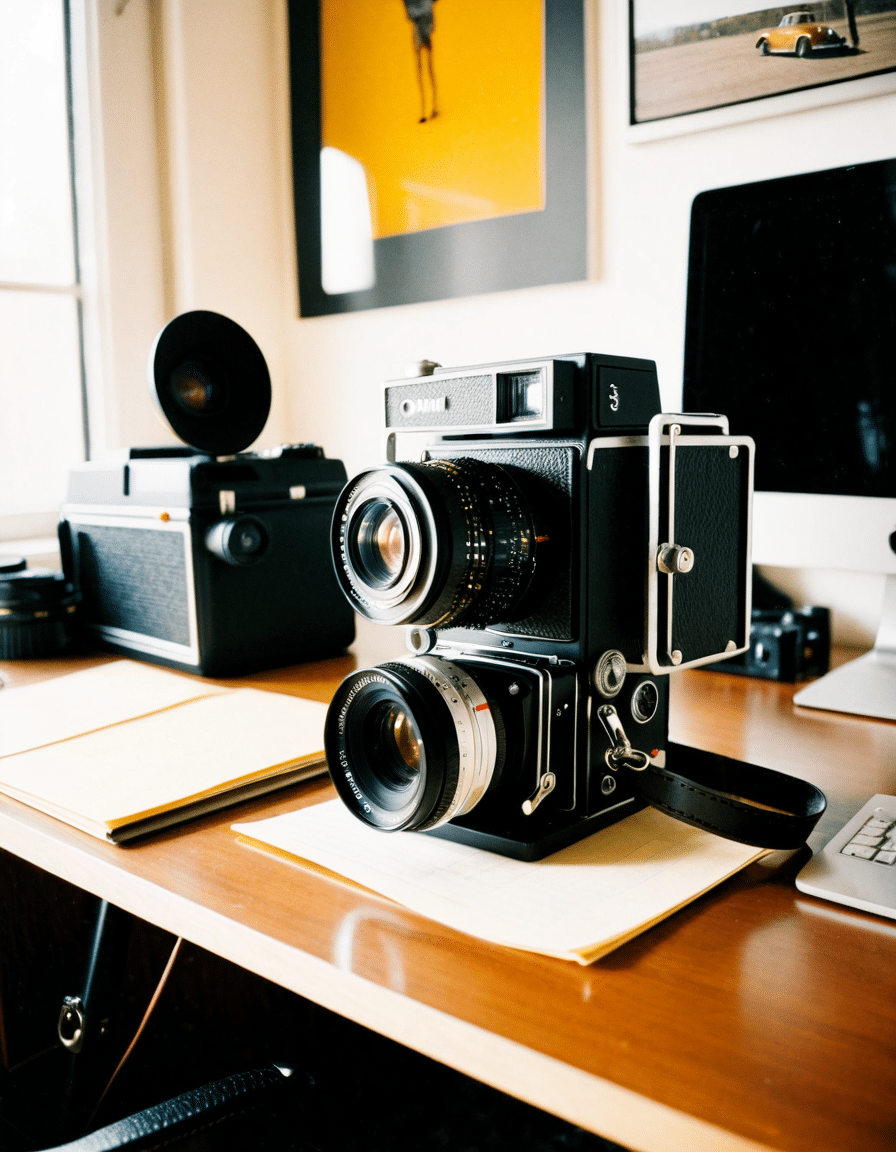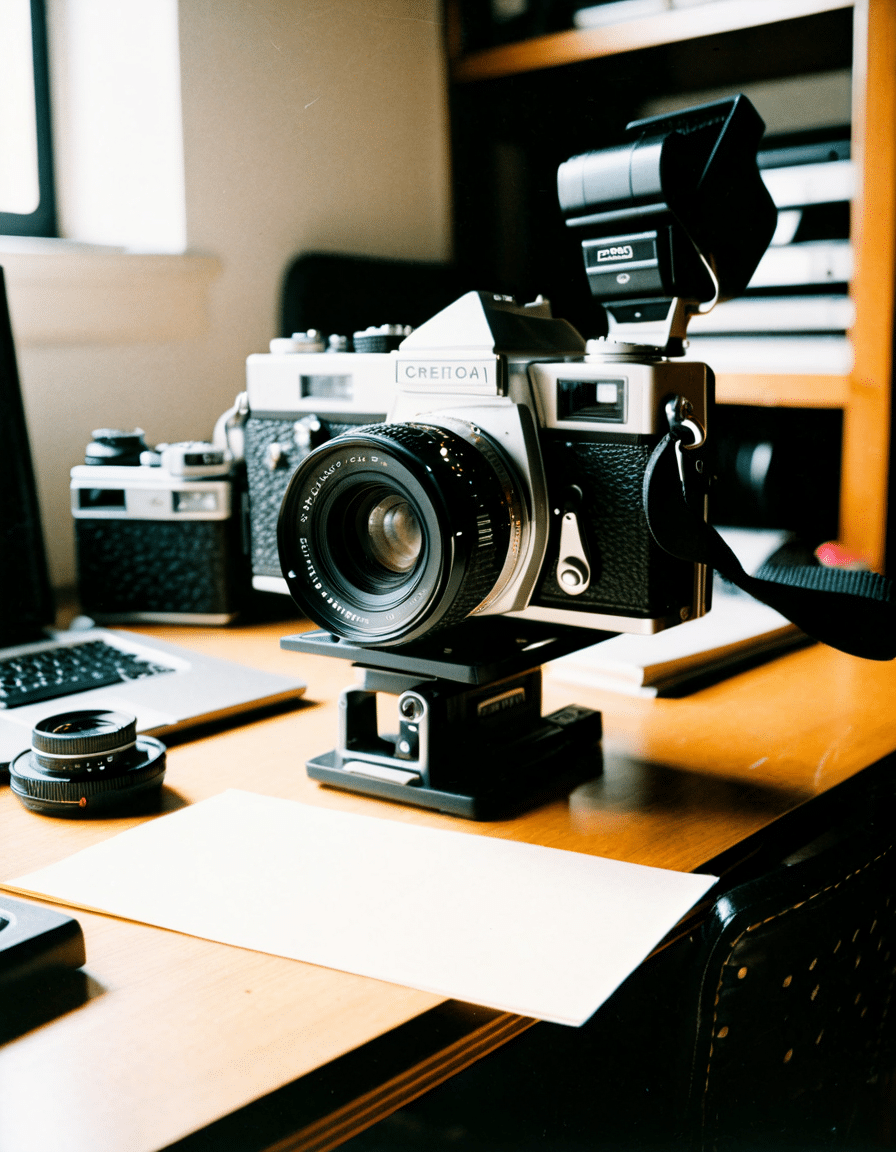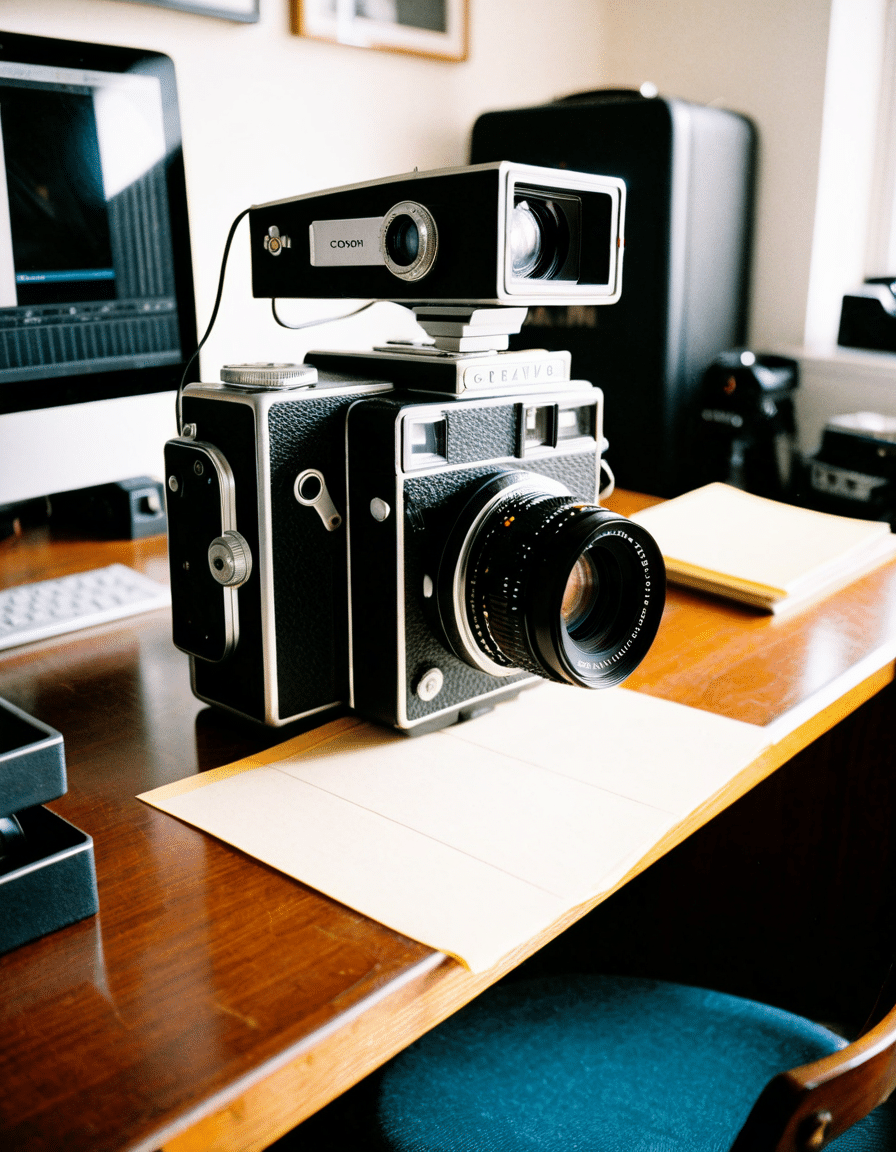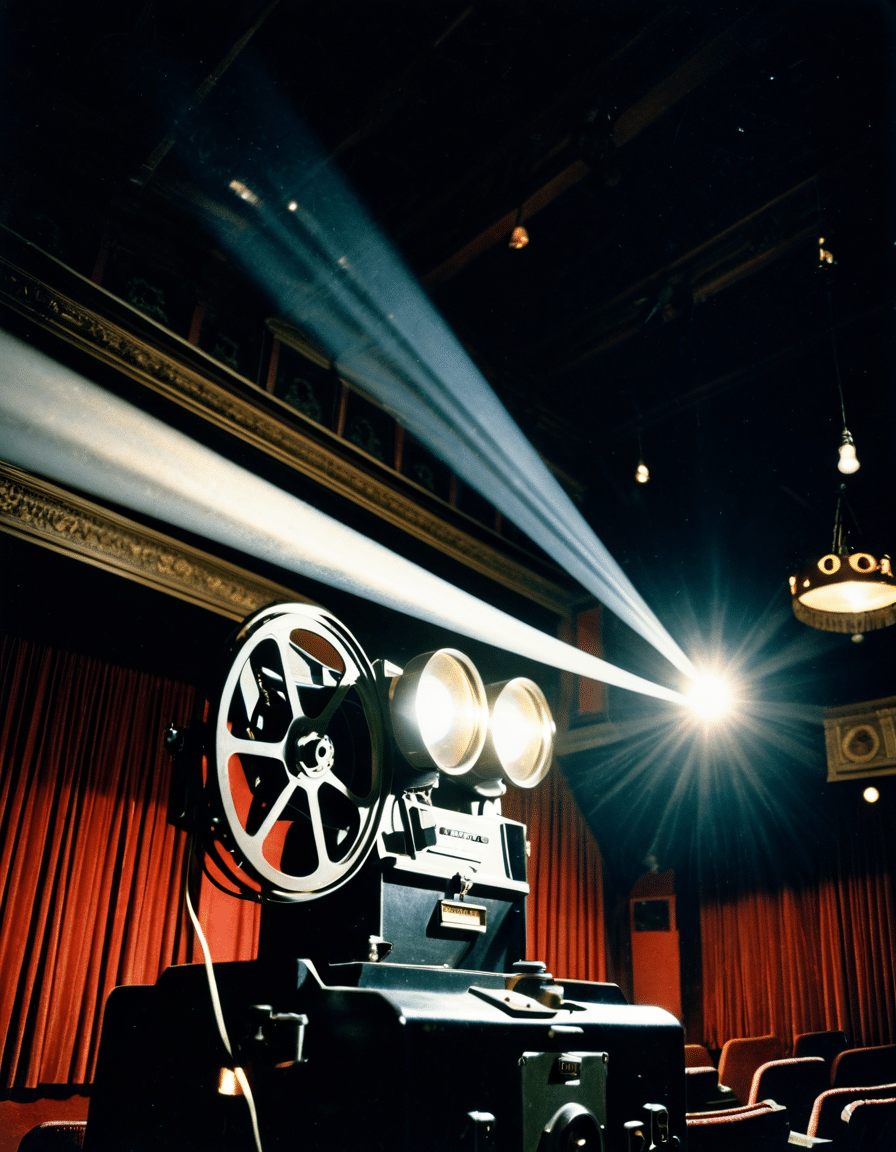
35Mm Film Masterpieces That Shaped Cinema Forever

The Enduring Legacy of 35mm Film in Cinema
Even in 2026, amidst a digital revolution that’s made filmmaking more accessible than ever, 35mm film holds a cherished spot in the hearts of cinephiles and filmmakers alike. The tactile nature of film offers a richness and warmth that digital often struggles to replicate. This classic medium not only dictates the aesthetic quality of motion pictures but has instilled its essence into the very fabric of storytelling.
From the raw emotions captured on-screen to the complex narratives that unfold, 35mm film has crafted unforgettable cinematic journeys. Each pixel tells a story, made even more vivid by the grain of the film stock itself. Today, let’s explore seven cinematic masterpieces shot on 35mm film that forever altered the landscape of cinema.

7 35mm Film Masterpieces That Shaped Cinema Forever
1. Citizen Kane (1941)
Orson Welles’ Citizen Kane is often hailed as the gold standard of film innovation. This film revolutionized storytelling and cinematography through its daring narrative structure and use of deep focus. With 35mm film, Welles pioneered a style that allows the foreground and background to be in sharp focus simultaneously, leading to a rich viewer experience. The film’s non-linear approach bared the emotional depth of its characters while opened doors for future filmmakers to break away from traditional storytelling.
2. The Godfather (1972)
When Francis Ford Coppola brought The Godfather to life, he showed just how powerful 35mm film could be in heightening emotional resonance. Through Gordon Willis’ lush cinematography, the film’s visuals became an extension of its narrative, portraying a world that was both glamorous and gritty. From the striking mise-en-scène to richly developed characters, The Godfather not only captivated audiences but also shaped the blueprint for dramatic storytelling in cinema.
3. Psycho (1960)
Psycho, directed by the master of suspense, Alfred Hitchcock, pushed horror cinema’s limits. With 35mm film, Hitchcock created a world steeped in tension and dread, utilizing contrasts and shadows that sent chills down viewers’ spines. The infamous shower scene—a groundbreaking montage—set a precedent for how suspense could be visually depicted, influencing countless thrillers to follow.
4. 2001: A Space Odyssey (1968)
Stanley Kubrick’s 2001: A Space Odyssey showcased the stunning possibilities of 35mm film in spectacle and storytelling. The film’s groundbreaking visual effects transformed the landscape of science fiction, illustrating humanity’s relationship with technology in a way that had never been seen before. Its scenes of deep space and surreal imagery influenced not just how sci-fi films are made today but also inspired modern franchises, including those within the Marvel Cinematic Universe.
5. Taxi Driver (1976)
Martin Scorsese’s gritty portrayal of urban life in Taxi Driver remains deeply impactful even decades later. Shot on 35mm film, the film immersed viewers in the stark realities of New York City, illuminating themes of alienation and moral conflict. The captivating performances by Robert De Niro and Jodie Foster, combined with Scorsese’s unflinching direction, challenged the romanticized views often associated with city living.
6. Schindler’s List (1993)
In Schindler’s List, Steven Spielberg captured the harrowing realities of the Holocaust using 35mm film in both color and black-and-white. This juxtaposition not only elevated the emotional weight of the story but also set a new standard for how historical traumas can be represented in film. The intense realism depicted helped audiences connect with the film’s message, influencing filmmakers approaching sensitive topics thereafter.
7. La La Land (2016)
Though set against a contemporary backdrop, Damien Chazelle’s La La Land serves as a love letter to classic musicals, utilizing 35mm film to evoke nostalgia for bygone eras. The film’s vibrant hues and warm textures replicate the magic of 1950s cinema, drawing viewers into its romantic tale. By choosing 35mm film, Chazelle honored the traditional craft while showcasing its relevance even in digital times.
The Artistic Resilience of 35mm Film
As the film industry navigates a digital-first landscape, the charm of 35mm film endures. Its unique visual quality continues to inspire creators and draw audiences, reminding us of the artistry intrinsic to filmmaking. Filmmakers like Quentin Tarantino and Christopher Nolan champion the use of this classic medium, recognizing how 35mm film captures the soul of a story in ways digital formats cannot always achieve.
These seven films remind us that 35mm film is not simply a conduit for narratives but a transformative craft that enriches the cinematic experience. Their legacies echo throughout the film industry, encouraging upcoming filmmakers to explore the textured depth that comes with analog storytelling. The continued fascination with 35mm film speaks volumes about the medium’s capacity to connect with audiences, making it a cornerstone of cinema history that constantly evolves yet remains timeless.
In the journey of cinema, these masterpieces continue to resonate, reflecting the beauty and complexity of storytelling. As we move further into the 21st century, let’s keep celebrating the enchanting world of 35mm film, where each frame captures not just moments, but the very essence of human emotion.
35mm Film: A Lens on Cinema’s Evolution
The Birth of 35mm Film
Did you know that 35mm film has been the standard gauge in the film industry since the late 19th century? Oh, absolutely! This format, rooted in Thomas Edison’s early motion picture work, quickly became synonymous with cinematic storytelling. Its popularity is no accident; the size strikes a perfect balance between detail and manageability, giving filmmakers the freedom to capture stunning visuals without overwhelming the audience. Notably, films like Madonna’s “Like a Prayer” showcase the vibrant color palettes that this medium can deliver. Plus, many filmmakers swear by the unique texture and essence that 35mm film allows, creating a richness that’s hard to replicate digitally.
Iconic Films That Pioneered the Format
Over the decades, countless masterpieces have graced the screen thanks to 35mm film. Think of classics like Bastard Out Of Carolina, which highlight the emotional gravitas you can achieve with this medium. This format has also influenced genres, sparking creative innovation that resonates today. Even modern series like “Warrior Nun” are aware of their cinematic roots, often incorporating techniques honed in the age of 35mm. Just imagine how today’s visual storytelling benefits from the groundwork laid by past legends who understood the importance of film grain and composition—but boy, that film stock is getting rare in an age obsessed with digital perfection!
The Trivia Behind This Classic Medium
And here’s something fun: did you know that Red Skelton originally gained fame using 35mm film for his comedic shorts? His quirky style and use of vibrant costumes dazzled audiences and paved the way for future comedians. Even horror films, like Nightmare on Elm street 4, capitalized on 35mm’s gritty aesthetic to enhance the chills and thrills on screen. It’s amazing how 35mm film not only captures light but also emotion, creating a quintessential experience for movie-goers. While the Crunchyroll Anime awards 2025 may celebrate modern techniques, it’s essential to remember where it all began—65mm, which has roots in the classic films that shaped contemporary cinema. So, the next time you sign into YouTube TV to binge-watch your favorite series or catch a film, take a moment to appreciate the artistry behind the frames, especially those shot on timeless 35mm film!










